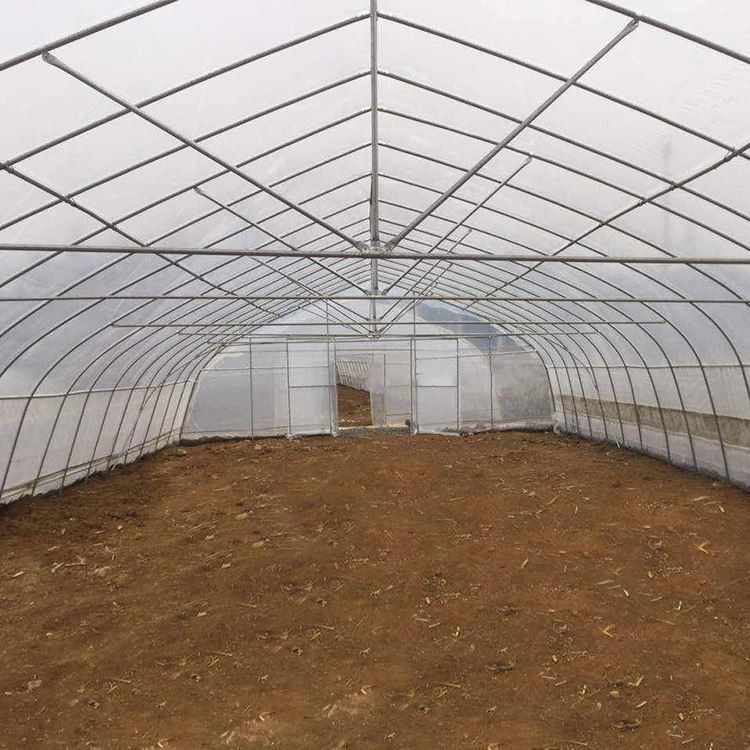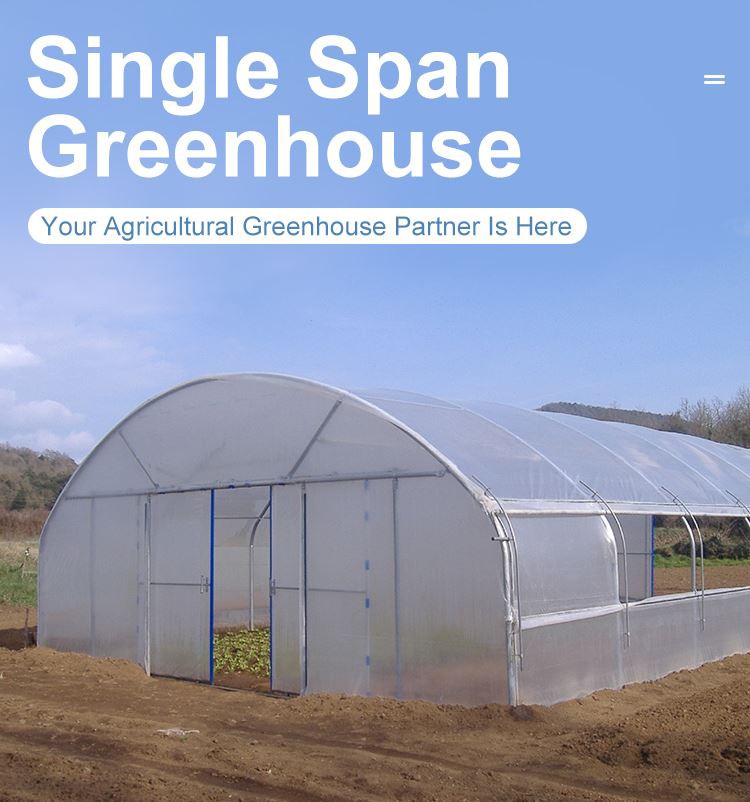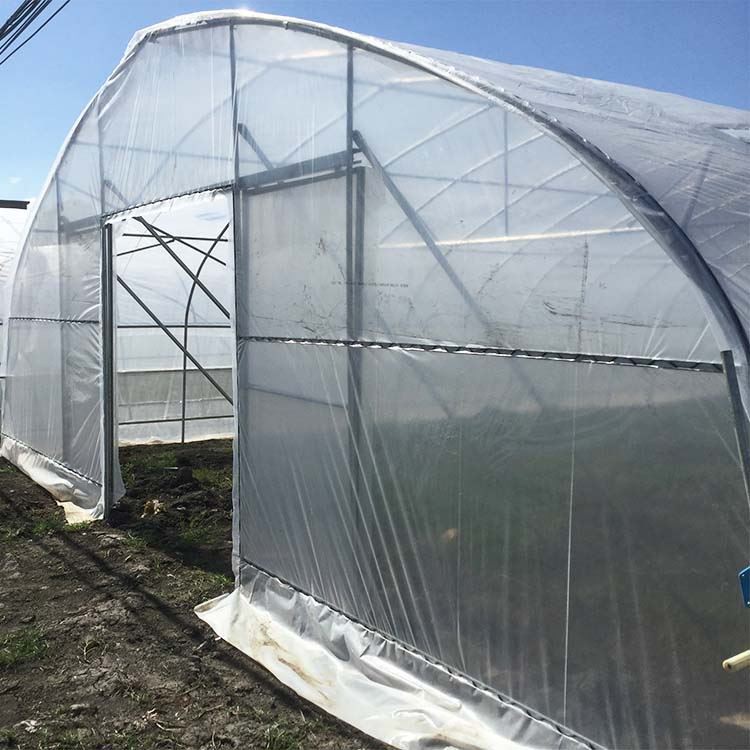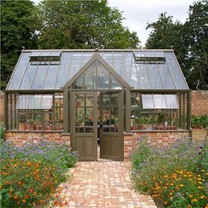Winter greenhouses are available in many places. Today I will share with you what are the principles of fertilization in winter greenhouses?
The principles of fertilization in winter greenhouses are as follows:
1. Do not apply a large amount of undeveloped cake fertilizer in the greenhouse.
Because the ratio of carbon to nitrogen in cake fertilizer is small, it decomposes quickly.
2. Do not use ammonium sulfate in the greenhouse in winter.
This will make the local high temperature and high concentration of ammonia and acid prone to occur, and it is easy to burn the roots. Secondly, it is forbidden to use ammonium bicarbonate. Ammonium sulfate is a physiologically acidic fertilizer. After application, it will increase the acidity of the soil and destroy the soil structure. The large amount of ammonia volatilized after the application of ammonium bicarbonate is unfavorable to the growth of vegetables.
3. Do not use chlorine-containing fertilizers in greenhouses.
Chloride ions can reduce the starch and sugar content of vegetables, which will reduce the yield, and the residual chloride ions in the soil can cause soil acidification and easily cause soil decalcification.
4. Vegetables in greenhouses under drought conditions should be fertilized carefully.
Applying fertilizer under the condition of insufficient water will not only fail to give full play to the fertilizer effect, but will also cause the concentration of the soil solution to rise suddenly, making it easy to burn the roots of vegetables. Therefore, vegetable fertilization should be combined with irrigation, and ditch fertilization is required. After the fertilizer is buried tightly, irrigate and topdress.
5. Do not use too much diammonium phosphate in the greenhouse in winter.
So as not to cause the volatilization of ammonia and cause ammonia damage.
6. It is not suitable to apply potassium fertilizer in the later period in the greenhouse in winter.
7. Disperse phosphate fertilizers carefully in the greenhouse.
8. It is not suitable to apply more zinc fertilizer in the greenhouse in winter.
9. Be careful not to apply iron fertilizer to the soil.
Because iron is easily converted into insoluble compounds by soil fixation, it loses its fertilizer effect. Iron is not easy to flow on the leaves, you can use 0.1%-0.3% ferrous sulfate solution to spray evenly on the surface of vegetable leaves.
10. Do not apply rare earth micro-fertilizers directly into the soil in the greenhouse in winter. You can use 0.05%-0.07% rare earth fertilizer solution to spray on vegetable leaves.
11. In winter, the greenhouse should be flushed with a large number of element water-soluble fertilizers combined with seaweed water-soluble fertilizers or humic acid water-soluble fertilizers.
It can increase the ground temperature, care for the roots, and avoid damaging the roots of crops.
The principles of fertilization in greenhouses in winter are shared with you here. I hope this article will help you.









